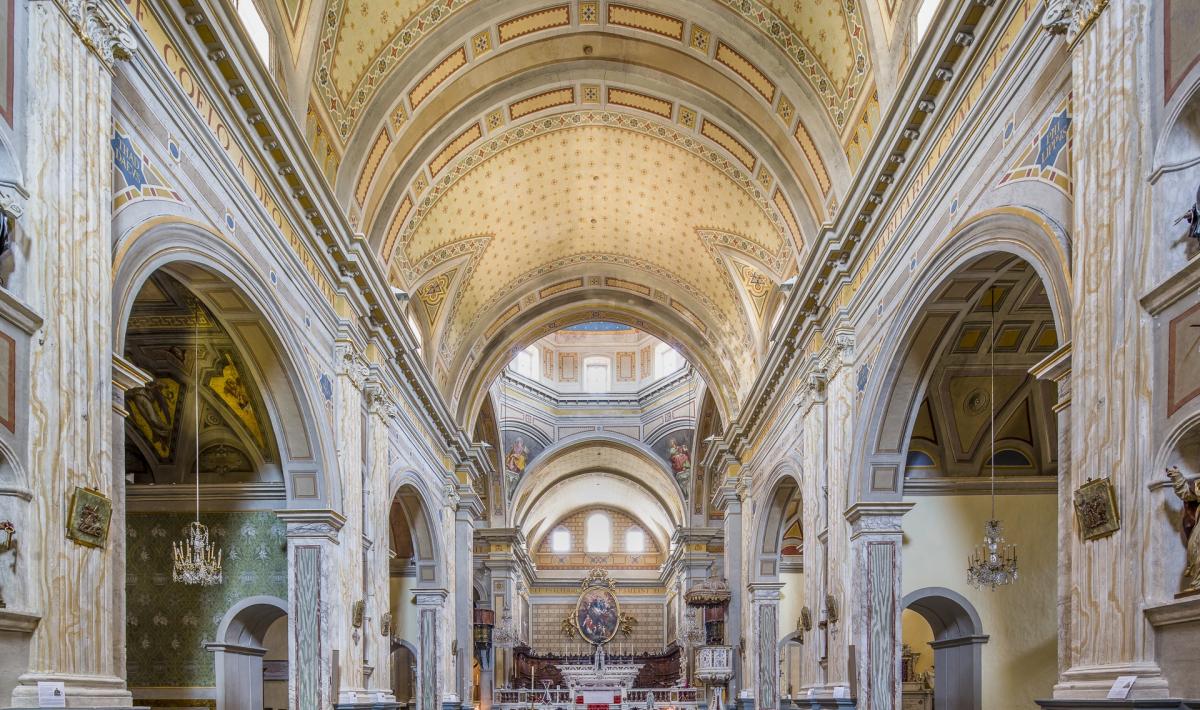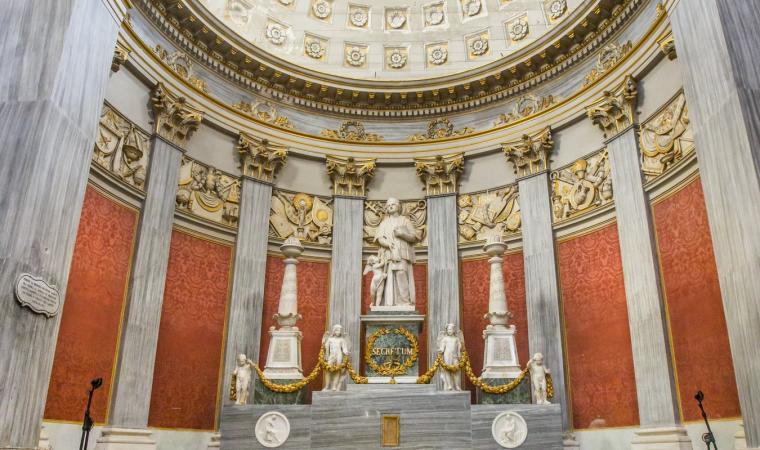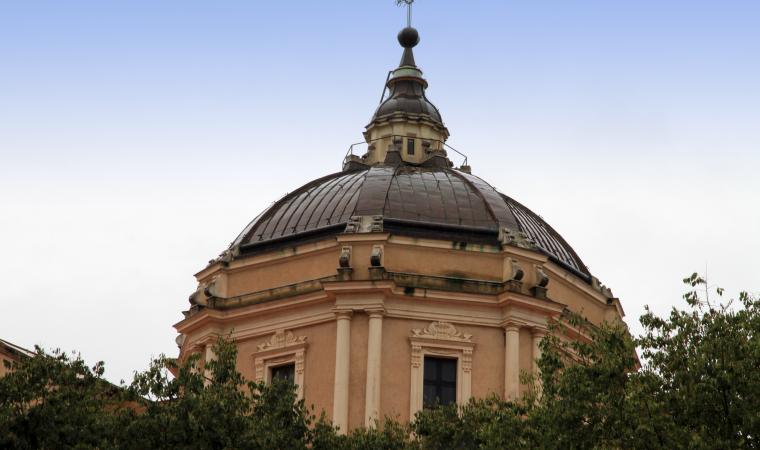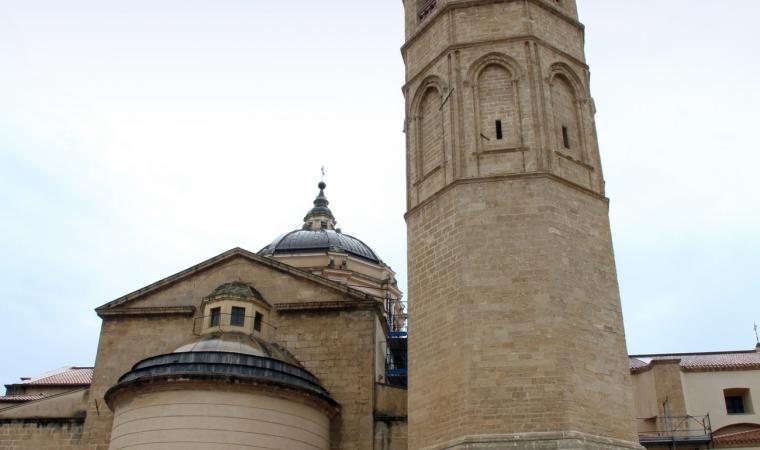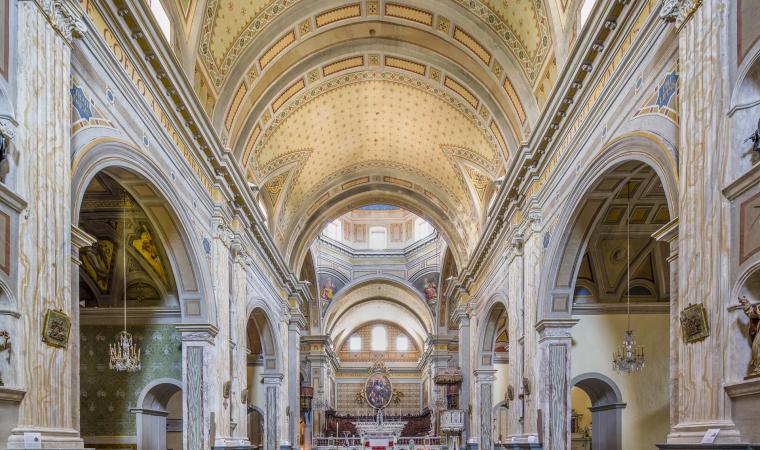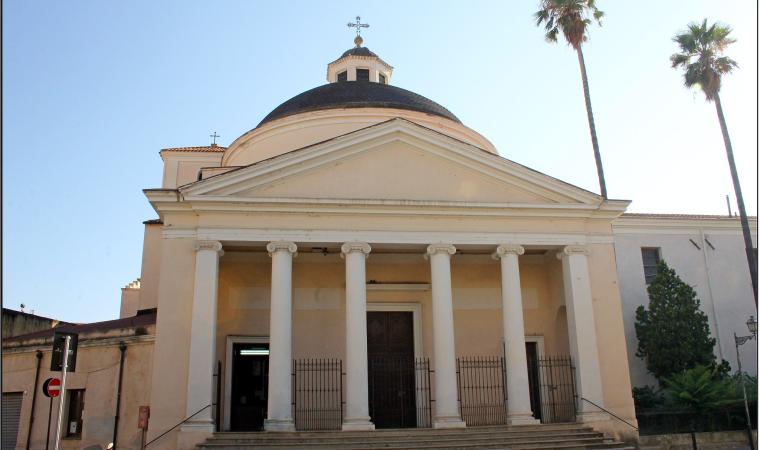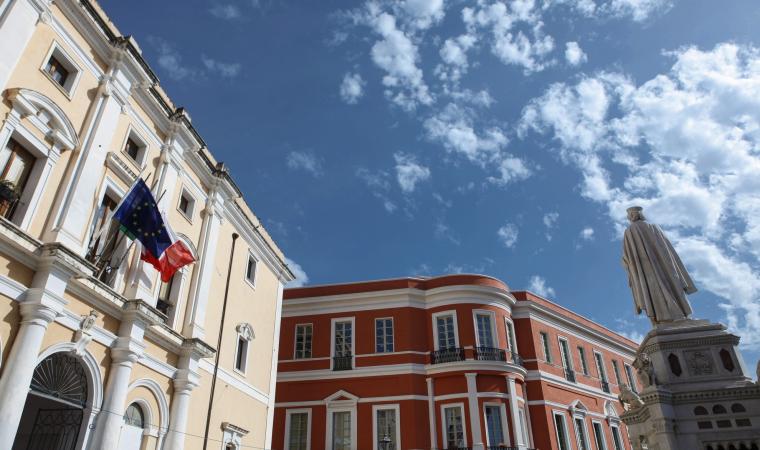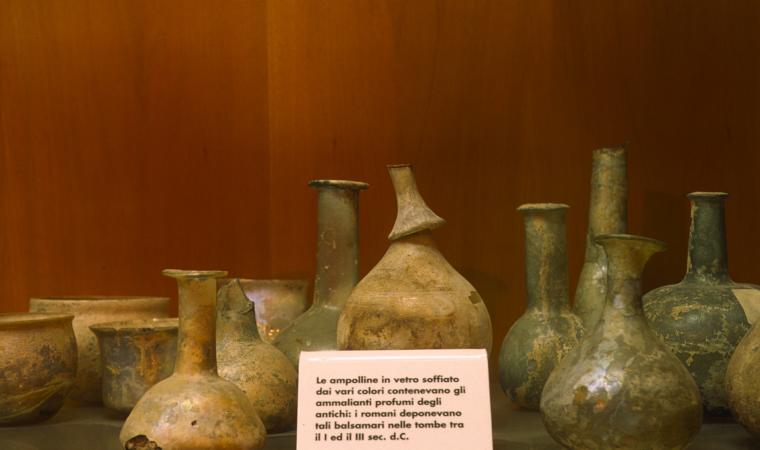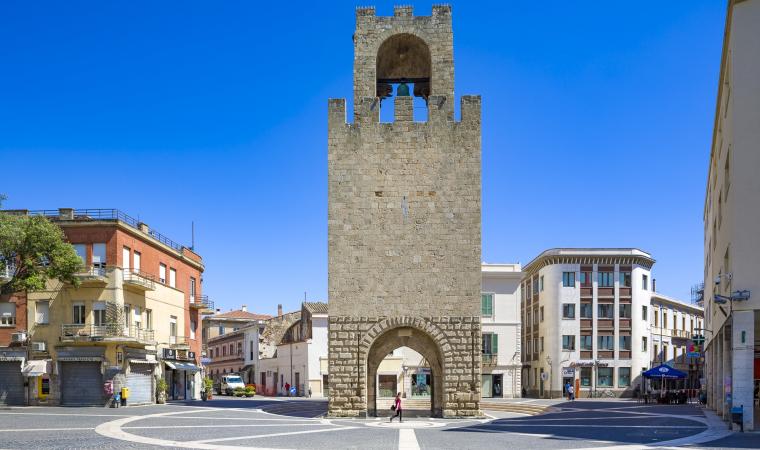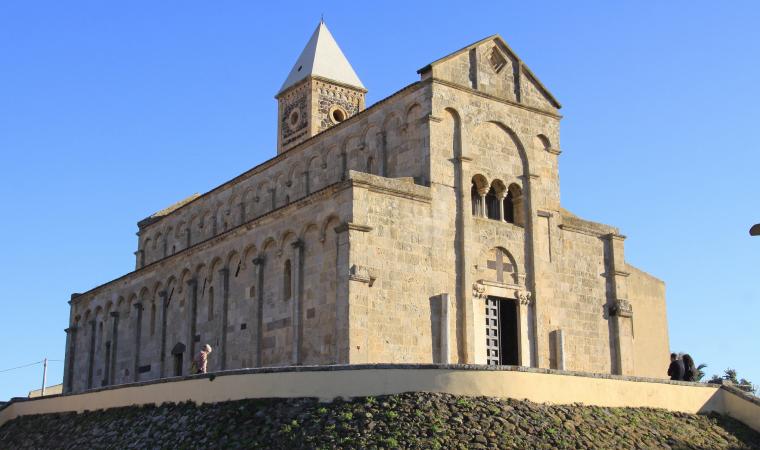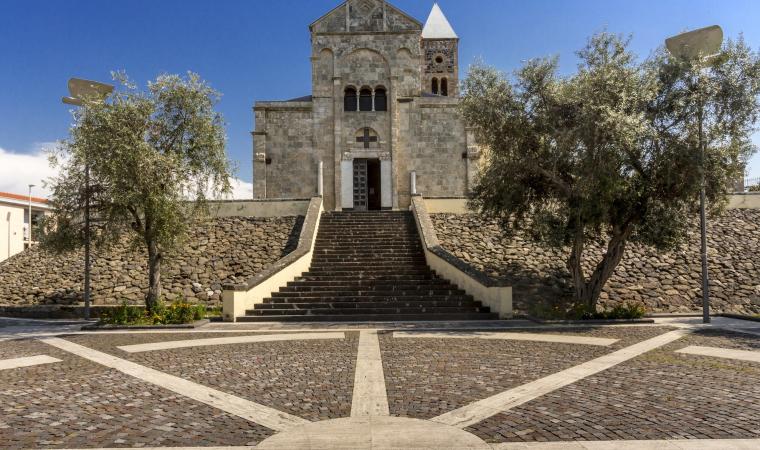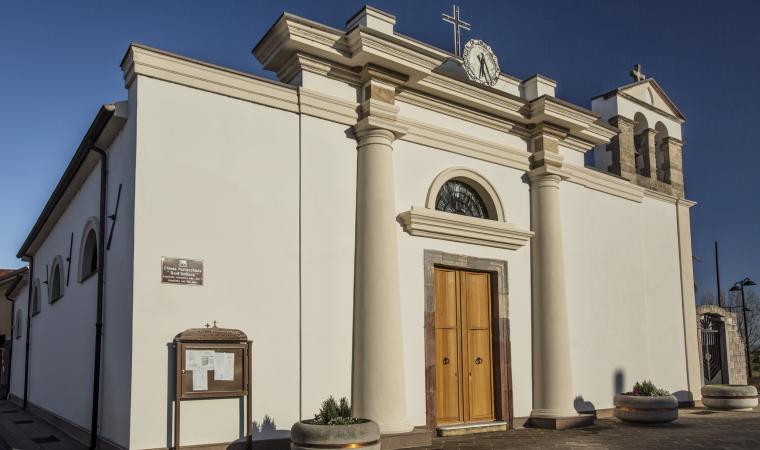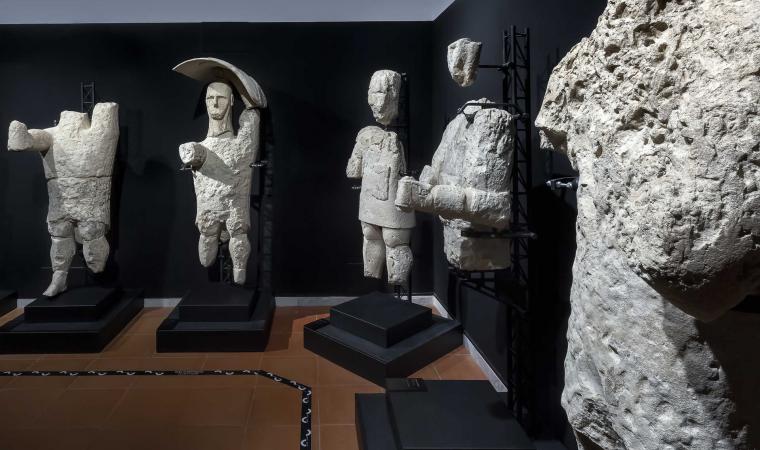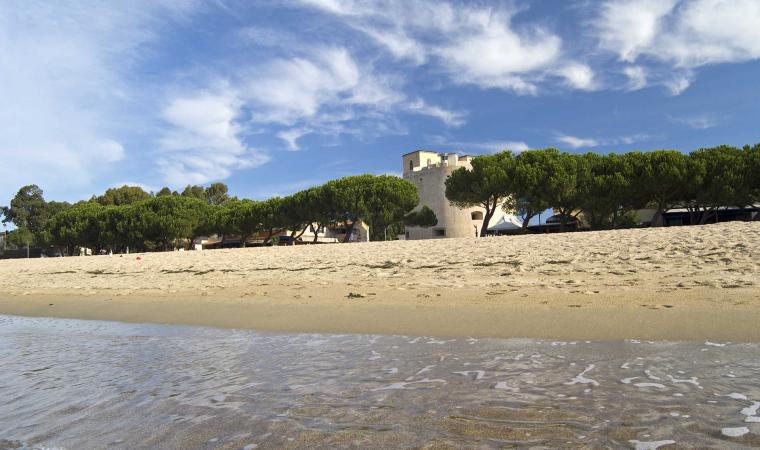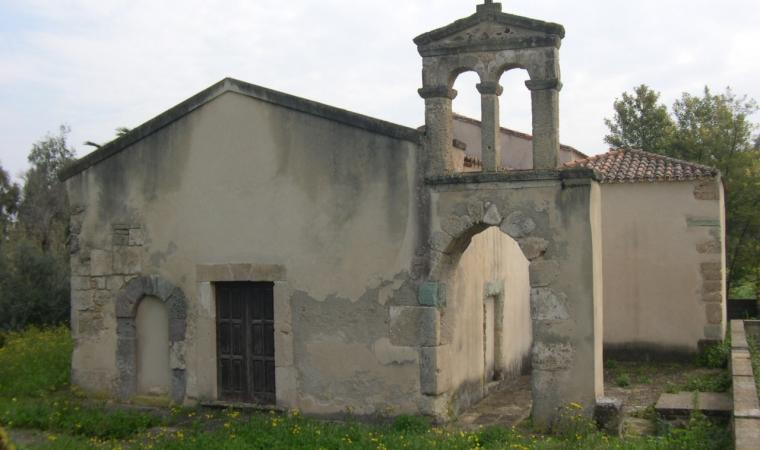The Santa Maria Assunta cathedral was elevated by Pius XII to the rank of minor basilica. The ‘mother’ church of the Arborea archdiocese, the Duomo di Oristano was built on a Paleo-Byzantine structure and atop 6th-7th century Byzantine tombs situated in the parvis of the church. According to tradition, the capital of the Giudicato di Arborea was transferred from Tharros to Oristano in 1070. Documentation from 1131 lists the Ecclesia Sanctae Mariae de Orestano as already being a cathedral. The 16 marble casks housed in the Tridentine Seminary, which overlooks the courtyard of the cathedral in front of the Chiesa della Santissima Trinità (18th-19th century), suggest that the original Romanesque structure of Santa Maria (11th-12th century) had three aisles, with perhaps eight columns on each side dividing the space within. In the first three decades of the 13th century, the church was ‘overhauled’ and in the mid-14th century, the transept was added with four chapels in Gothic-Italian style, including that of the Madonna del Rimedio, today amongst the very few original elements to survive.
The works also spared the archives, built in 1626 as a presbytery chapel, a project in which the late Gothic tradition and Renaissance classicism coexist harmoniously. Two ‘neoclassical chapeaux’ dating back to the 19th century in the extremity of the transept are those of San Luigi Gonzaga and San Giovanni Nepomuceno, adorned with sculptures by Andrea Galassi. The interior is heterogeneous - elegant baroque patterns alternate with neoclassical forms, through to contemporary styles. From a single wide barrel-vaulted nave, open up three chapels on each side. The apse is rectangular. The presbytery is elevated and enclosed by a marble balustrade with two lions at the base of the access staircase. Countless works of art enrich the temple - the wooden statue of the Annunciation and the marble statue of the Madonna del Rimedio (14th century), the baroque altar and the polychrome wooden altarpiece (18th century), a round canvas depicting the Assumption and two rectangular works by Marghinotti (Adoration of the Magi and The Last Supper). The cathedral’s treasures also include silverware, sacred vestments and illuminated choir books. The exterior is a superimposition of styles. On the left side stands the octagonal bell tower, topped with a small ‘onion’ dome, decorated in majolica.
Setting out from the cathedral, the historical centre can be visited, where the famous Sartiglia is staged during Carnevale. Protagonist of Sardinian events since the 11th century, Oristano was protected by walls and fortifications, such as the majestic Torre di Mariano. Prestigious buildings like the Palazzo Corrias Carta, the archiepiscopal palace and the neoclassical church of San Francesco and the gothic one of Santa Chiara are also to be admired. Not to be missed is the monument of the Giudicessa Eleonora and the Arboreal Antiquarium.

